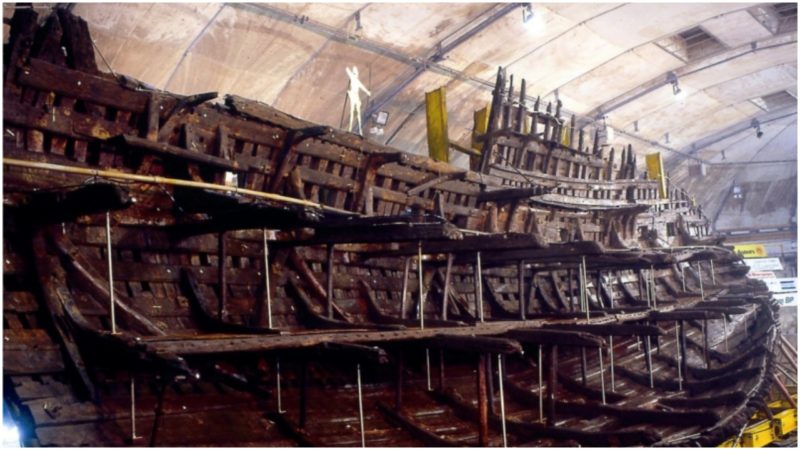It was July 19, 1545. The King of England, Henry VIII, along with his most loyal counselors, stood on the hill next to Southsea Castle and, with content, observed his fleet which was getting reading to sail out from Portsmouth Port.
The King was especially proud of the ship named Mary Rose – a vessel that stood out grandly from all the rest. At the time, Henry VIII was 54-years-old and had ruled England for 36 years.
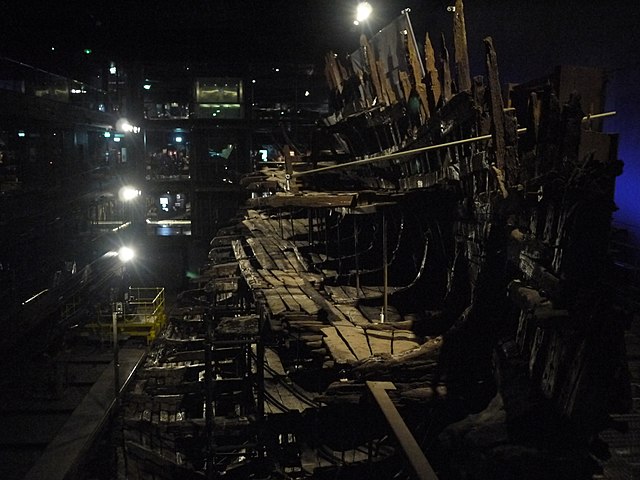
The French, whose fleet counted as many as 235 ships, had tried to overthrow him and discard him from the political scene.
The French ships were gathering off the Isle of Wight and planned to land on the English mainland. However, Henry was not resigned to this as he calmly watched his fleet of 60 impeccable ships putting out to sea. His army was also on standby in the fortifications of Portsmouth.
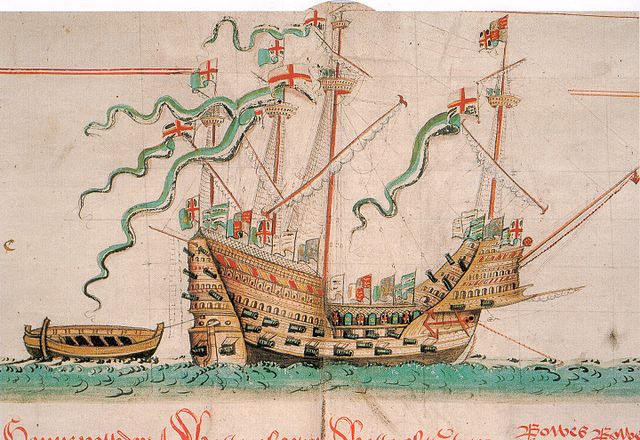
Henry’s flagship Mary Rose, equipped with cannons and a crew of 700 naval officers and soldiers, led the rest of the ships to battle.
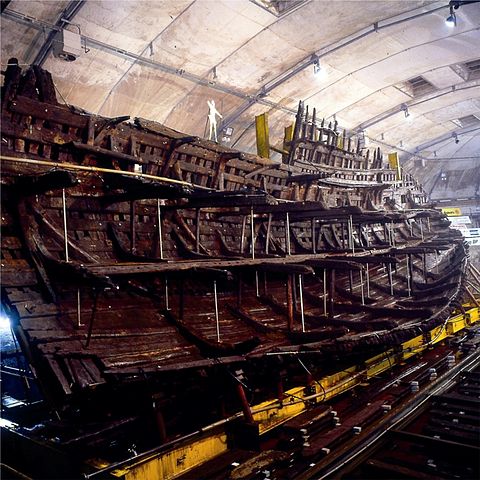
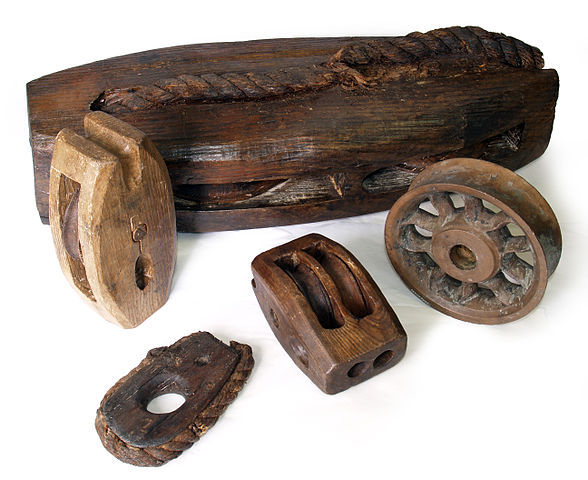
Despite the military supremacy of the French fleet, the King was convinced that the courageous English naval officers would win. Henry VIII was a typical Renaissance sovereign: cruel, self-confident, and hungry for power and glory. In a word: an absolutist.
The English were not very keen on him as a ruler as he imposed high taxes; still, they had recognized that he improved the power of England by building a fleet and extending his rule to Wales, Scotland, and Ireland. He even confronted the Pope when he refused to abolish Henry’s marriage to Catherine of Aragon.
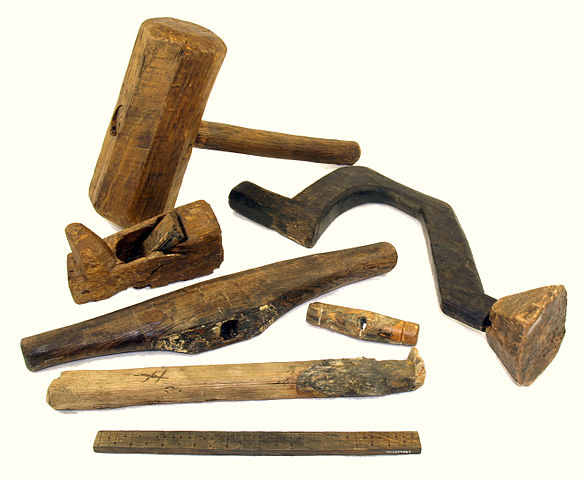
The Mary Rose fluttered her sails grandly and headed out on her final journey.
Henry VIII had never been a sentimental man, but did not refrain from expressing his sincere fondness of his ship. He was simply in love with it. Built around 1510 and launched in 1511, the ship usually transported royal cargo but, when needed, she was sailed into battle.
On the sea Mary Rose made the blood of any enemy run cold. Behind the ship’s apertures, covered with lids, were the enormous cannons – pioneering technology at the time.
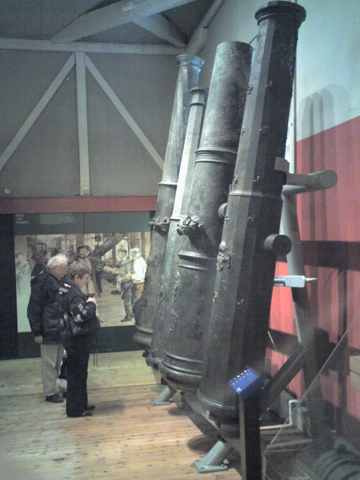
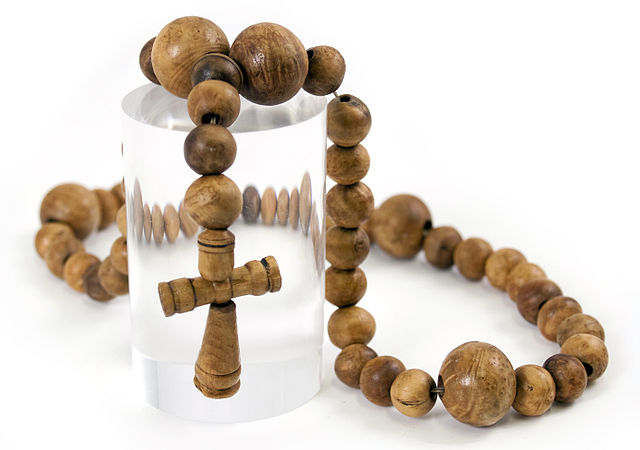
Early in the battle, historically known as the Battle of the Solent, the sea suddenly flew into a temper. The wind kept on blowing more and more fiercely and the sails stretched at both ends. The rest of the ships in the fleet did not succumb to the storm but the Mary Rose suddenly bent on one side and began sinking. From the sea, the nearest ships could hear horrifying, desperate cries for help from the people onboard.
The ship was overladen with arms and people, and several of the heavy cannons broke loose in the heavy seas.
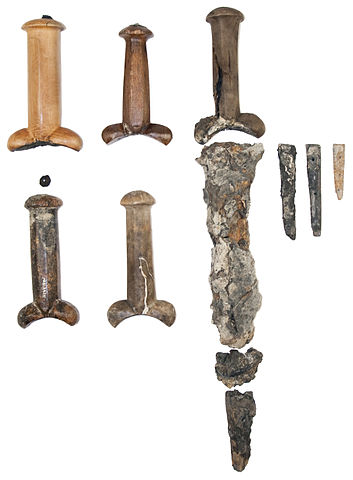
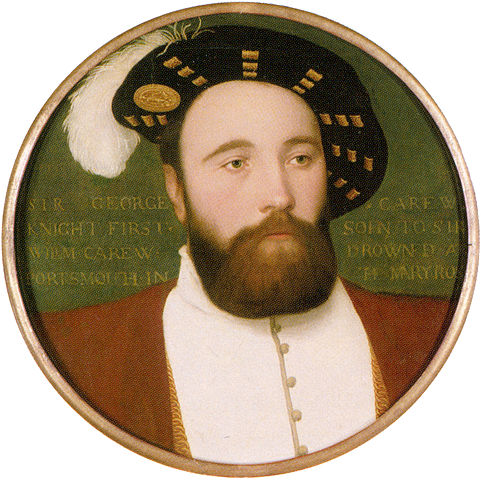
The Mary Rose could not keep above the water. Henry VIII realized that he had lost his best ship at no more than a half a mile from the shore. Reportedly, his round face was covered in tears as he witnessed the end of his beloved vessel.

Only around thirty people were saved. It is possible that the wind carried the desperate crying voices to the king’s ears and he heard the horror.
The king’s pride laid forgotten and intact on the bottom of the Solent, right by the bay of Portsmouth, for many years. On the seabed, in the deep sludge, the ship’s remains were almost unreachable until the beginning of the 19th century, when two amateur divers accidentally encountered the remains and raised some objects from the ship.
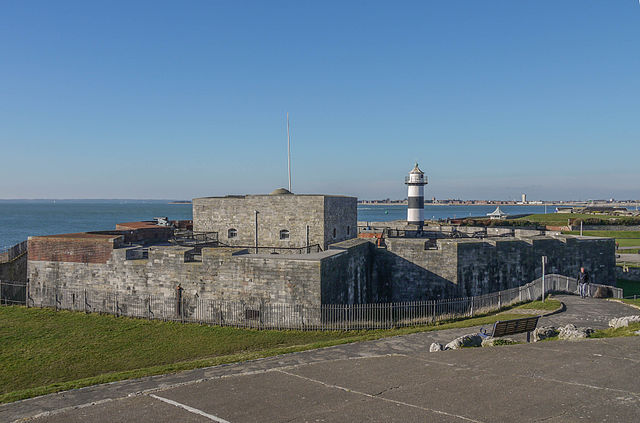
Apparently, they had looked forward to finding gold, silver, and other precious items; however, when they realized that their hopes were futile, they left the ship. The other objects were clearly of no interest to them.
In 1967, historian, author, and amateur diver Alexander McKee located a wreck which he assumed was the Mary Rose. He spent a lot of time looking through old archives before he headed off exploring. In 1971, the exact location was finally confirmed.
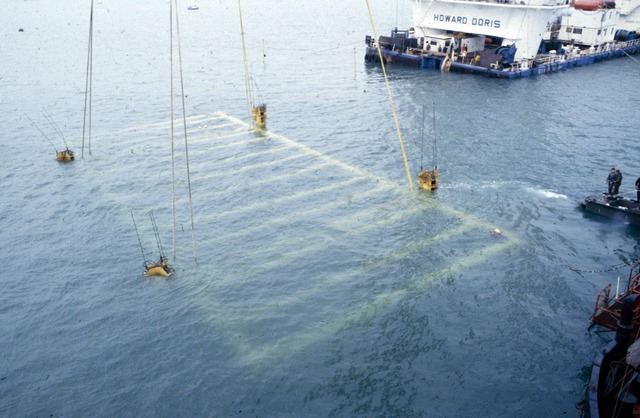
Preparations for the raising of the wreck took ten years and included thousands of dives to examine the remains. Both archaeologists and divers were startled by their findings on the sea bed.
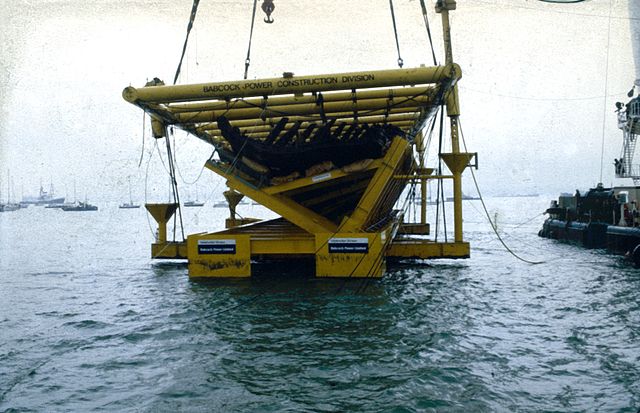
The ship must have sunk rapidly into the sludge and was immediately filled with clay, which might have been the reason the soldiers who had died on that dreadful day were found in the exact position in which they had taken their last breath.
The archers with bows and arrows stood on their positions, the gunmen were behind the cannons, and the ship’s barber-surgeon was also in his place. Their clothes, as well as shoes, were well preserved.
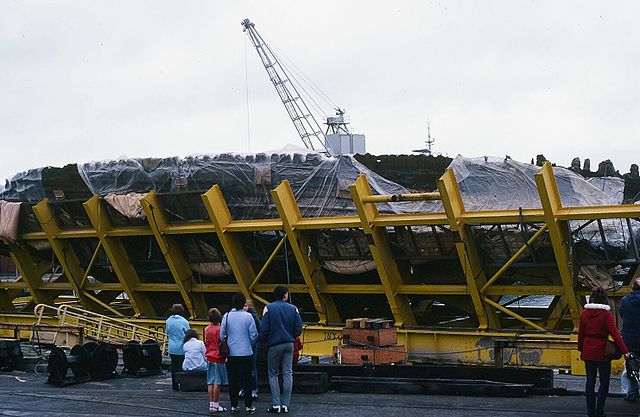
Around a hundred bows and over a thousand arrows were found, alongside over ten thousand precious objects of invaluable historical worth. It is fortunate that archaeologists found them first instead of the seekers of lost treasures.
In October 1982, after thousands of hours of diving and cleaning parts of the ship from the silt and mud with special equipment, the Mary Rose was raised.
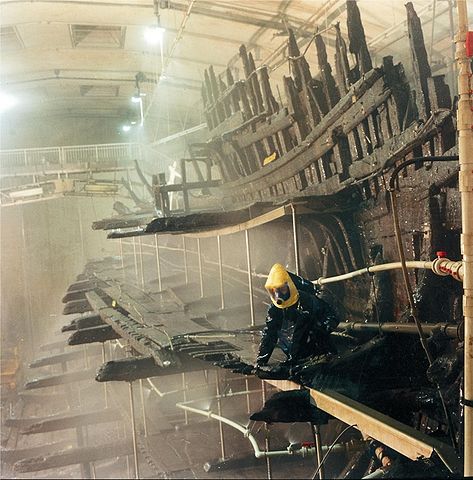
The spectacular act of raising the ship’s remains was followed by numerous reporters, photographers, and TV correspondents from various European countries, as well as other curious observers. In April 1983, on the hill above Portsmouth, the remnants of the soldiers were buried, perhaps in the same place that Henry VIII had watched the sinking of his best ship from.
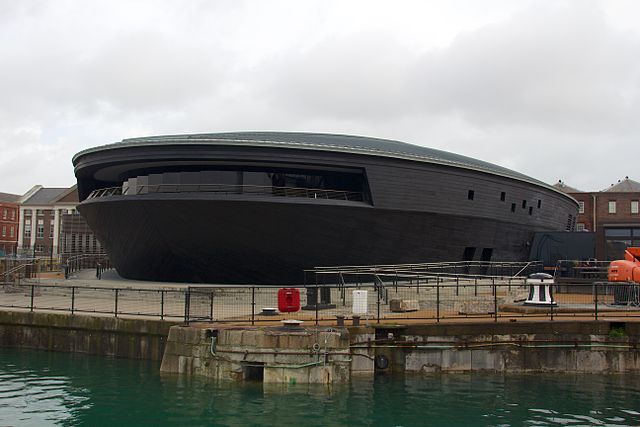
Today, the ship and its precious artifacts are housed in the Mary Rose Museum within the Portsmouth Historic Dockyard.
The reasons the vessel sank are still unknown. There are several theories, but the most accepted is that of human error.
